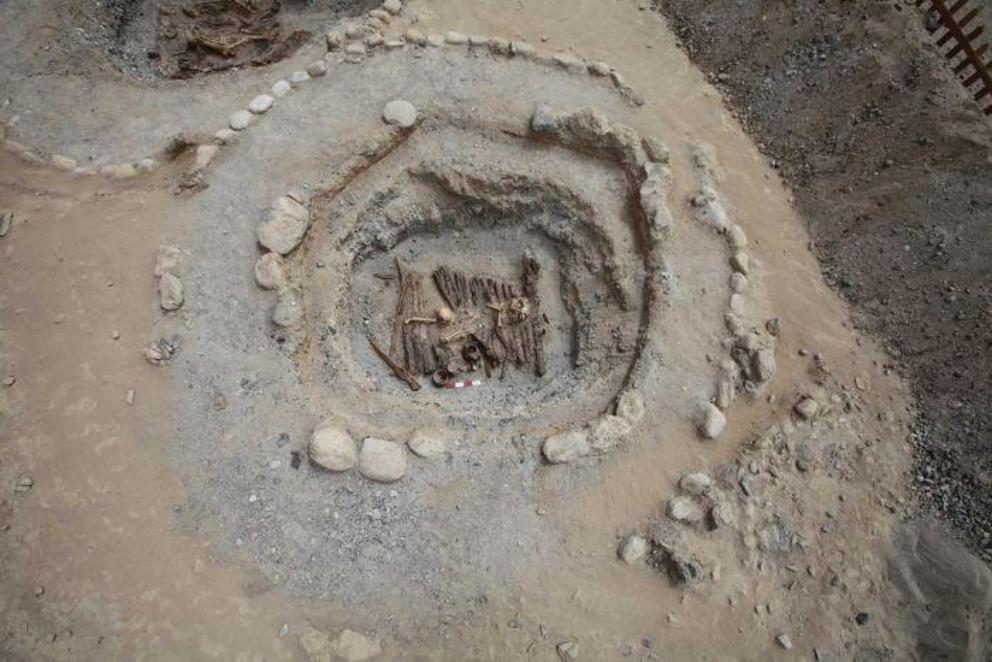Cannabis found in 2,500-year-old pots used for burial rituals unearthed in China
Humans smoked cannabis as part of ritualised burial ceremonies 2,500 years ago, according to the latest evidence unearthed at a burial site on the Pamir Plateau in western China.
Key points
- Archaeologists have found traces of cannabis in wooden pots exhumed from tombs in western China
- The find provides the strongest and earliest evidence to date, of cannabis being smoked for its psychoactive properties
- It appears cannabis was an important part of ancient burial rites
 Burning cannabis inside a tomb like the one excavated here, must have produced smoke and psychoactive effects on those present in the enclosed space, the researchers said. (Supplied: Xinhua Wu)
Burning cannabis inside a tomb like the one excavated here, must have produced smoke and psychoactive effects on those present in the enclosed space, the researchers said. (Supplied: Xinhua Wu)
But before you imagine ancient stoners passing around a primitive bong, the reality was probably quite different, archaeologists report in the journal Science Advances today.
The international team, led by Meng Reng of the Chinese Academy of Sciences, excavated 10 wooden pots, or braziers, containing burnt stones from tombs at the Jirzankal Cemetery.
When the team analysed the pots and burnt stones they found traces of cannabis.
What's more, the cannabis contained higher levels of tetrahydrocannabinol, or THC — the main psychoactive compound in cannabis — than generally found in wild cannabis plants.
The fact that the traces of THC was found in the pots and on the stones suggest that cannabis was used for ritual purposes, said Nicole Boivin of the Max Planck Institute for the Science of Human History.
Smoking cannabis in ancient times was very different to today.
There's no clear evidence of smoking pipes existing in Central Asia before the modern era, instead people would either eat the plant or inhale the smoke or vapours when it was burnt.
"We clearly see that cannabis is being burned on hot rocks, which must have produced smoke and psychoactive effects on those present in an enclosed space," Professor Boivin said.
The high THC levels and burning of cannabis in a ritual context fit with the description of the use of a drug thought to be Cannabis sativa in a text written by the fifth century BC Greek historian Herodotus, she added.
The discovery paints a vibrant picture of what these past burial rituals might have looked like, said Alison Crowther, an archaeobotanist from the University of Queensland, who was not involved in the study.
"They mentioned that there were musical instruments found alongside or at the cemetery, so we can think of rhythmic sound and this hallucinogenic smoke creating altered states of mind," Dr Crowther said.
"Rites such as these would have had really important social functions for ancient communities just like funerals do today."
Further work at the site has shown that some of the people buried there were not local to the area.
"So we can start to then question or wonder about how these rituals played out in bringing communities together and helping bind people in this very dynamic social and cultural environment," said Dr Crowther.
Preliminary analysis of the human bones found at the cemetery have identified skull perforations and fatal cuts and breaks in several bones, which the researchers interpreted as signs of human sacrifice, although they caution more research is needed to verify this claim.

